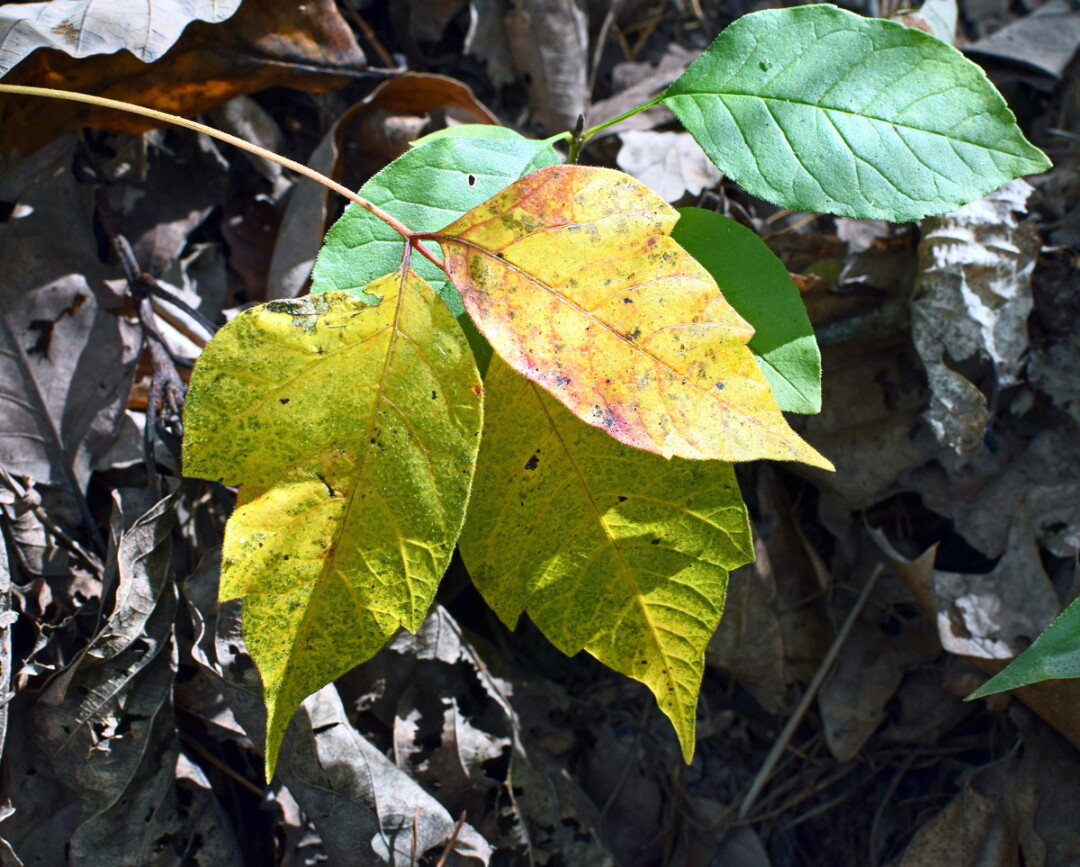Why Does Poison Ivy Itch?

You’re in the woods, building a fort or exploring, and having a great time. A few hours later, you get a horrible, itchy rash. Argh, poison ivy!
Despite the name, poison ivy does not make poison. Instead, every part of the poison ivy plant – leaves, stem, vine, berries, roots – makes an oil called urushiol. So do poison sumac and poison oak. (Mango trees are related to poison ivy and make a little urushiol; people who eat the fruit from the peels of mangos may get blisters on their lips, but the flesh itself is safe.)
If you touch poison ivy, urushiol soaks into your bare skin. There, it sticks to proteins on your skin cells. These cells release a protein called CD1a that activates an allergic response in your body and turns your immune system into hyperdrive. It’s this allergic response that gives you the itchy, blistery rash.
Poison ivy didn’t evolve urushiol as protection against animals, most of whom don’t make CD1a proteins and aren’t allergic to poison ivy. The leaves are an important food source for deer, insects, bears, and other woodland creatures. Birds love poison ivy berries in the winter. Toads hide under the leaves. Even your pets can safely brush up against the plants because their fur keeps urushiol off their skin.
The best guess is that urushiol may have evolved as antimicrobial defense to protect the plants from infection.
The poison ivy rash isn’t contagious. By the time you’ve gotten the rash, your skin has already absorbed the oil.
If you think you’ve touched poison ivy, try to keep the oil from soaking in. Wash the area right away by vigorously scrubbing with a soapy washcloth.
Poison ivy plants die back in winter, so you may start to see fewer “leaves of three” soon. However, urushiol is made by all parts of the plant. Even in the fall and winter, don’t touch those furry vines.


















